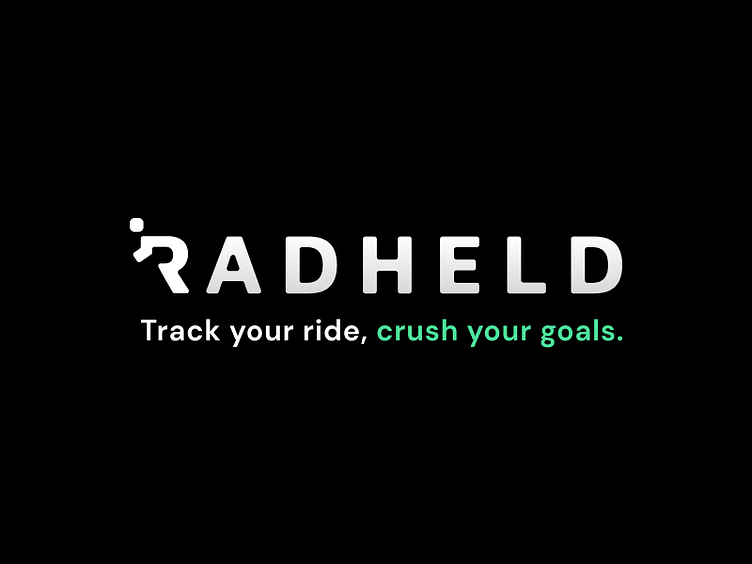Radheld · Exploring the Role of AI in Product Design
I have decided to push the boundaries of my comfort zone and delve into the world of writing. This marks the beginning of a series of three articles that I will be sharing on Medium (https://medium.com/@matheusmntr), in which I will examine the ways in which AI can and cannot help in the product design process.
Why?
Recently, I decided to challenge myself by creating a new product using AI tools such as Midjourney and ChatGPT. I’ve been using these tools for some time to generate copies and images, and I’m excited to take things to the next level by creating something entirely from scratch. I have broken down the product creation process into three separate articles, each covering a crucial stage of product development.
The inspiration for this project came from a simple yet profound idea: redesigning the things we use every day can be a great exercise. As a frequent user of Spivi, a gamified experience for indoor cycling classes, I’ve often marveled at the app’s 3D graphics but felt that the UI could be significantly improved. With this new project, I’m excited to create a new brand, UI, and experience that could change how people interact with sofware when indoor cycling.
Step one · Find your competitors
When comes to conducting research for my cycling product, I’ve decided to leverage the power of AI as much as possible. After reading an insightful article by Nick Babich on AI and User Experience Research, I realized that ChatGPT could provide me with valuable insights about the market, users, and demographics that I may have overlooked otherwise. For example, by asking ChatGPT to provide me with statistics about the average indoor cycling practitioner, I was able to gain a better understanding of my target audience and create a look and feel that connects with them. Furthermore, by mapping the most popular cycling tracking apps, I was able to identify my competitors and gain valuable insights about what works and what doesn’t in the cycling app market.
Enter your text here...Out of the five cycling apps that ChatGPT helped me identify, Peloton was the only one that I was familiar with, but I had never actually used it. With this new information, I decided to visit each of the sites and download some of the apps for testing purposes. Not only was this an opportunity for me to test out my competition, but it also presented a chance to create something pleasing, fun, and user-friendly.
Step two· Create your personas
I have a basic understanding of the type of person who typically attends indoor cycling classes with me. However, my goal is to utilize AI to its fullest potential. While researching AI and User Experience, I found an article by Nick Babich that provided me with ideas on how to use ChatGPT to gather more comprehensive data about the market, users, and demographics. For instance, I asked ChatGPT to provide me with statistical insights about the average individual who participates in indoor cycling.
With that, I decided to create two types of personas. The ones who practice for performance improvements and the ones who only do it for health and fitness purposes.
My conclusion
AI has revolutionized the creative process, making it more efficient and refined. However, despite its potential, AI cannot entirely replace the job of a product designer. Designing a product is a comprehensive process that requires research, experimentation, and empathy. As a designer, I often struggle with the fear of starting from scratch, worried that my initial choices might be wrong. Nevertheless, the use of AI tools has immensely assisted me in conducting research and generating ideas, ultimately broadening my horizons.
The next part will explore how AI can help you with branding processes. naming, slogans, and taglines.
Dont forget to check the full article at https://medium.com/@matheusmntr/exploring-the-role-of-ai-in-product-design-my-journey-to-create-a-product-from-scratch-part-1-8a5f6b764796




